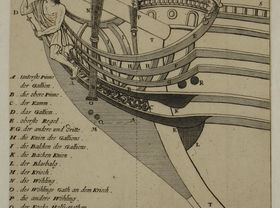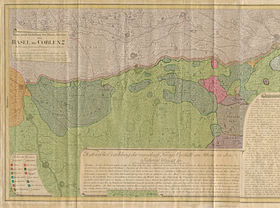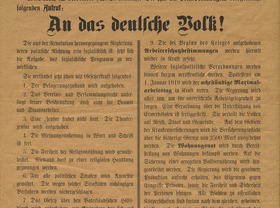Barque (18th–20th century)
Ships known as barks, or barques, have at least three masts, of which the mizzen mast is always fore-and aft rigged (triangular sails set parallel to the axis of the ship) while the fore and main masts are square rigged (rectangular sails set at right-angles to the axis). The flat-bottomed hull offers the advantage of being able to land for emergency repairs in uncharted waters. In the nineteenth century, the barque was used as an all-round cargo ship. It only needed a very small crew. One of the best-known barques was originally a ship for transporting coal: the ENDEAVOUR, in which James Cook circumnavigated the globe from 1768 to 1771. The model here shows a later configuration of the rigging. Well-known German barques are the ALEXANDER VON HUMBOLDT and GORCH FOCK.
The following information refers to the specific ship represented by the model.
ENDEAVOUR (1768)
· Region: Great Britain (all oceans)
· Length: 29.80 m
· Beam: 8.90 m
· Propulsion: sail
· Sail area: 2,777 m²
· Carrying capacity: approx. 600 tonnes
· Speed: approx. 8 knots (~ 15 km/h)






